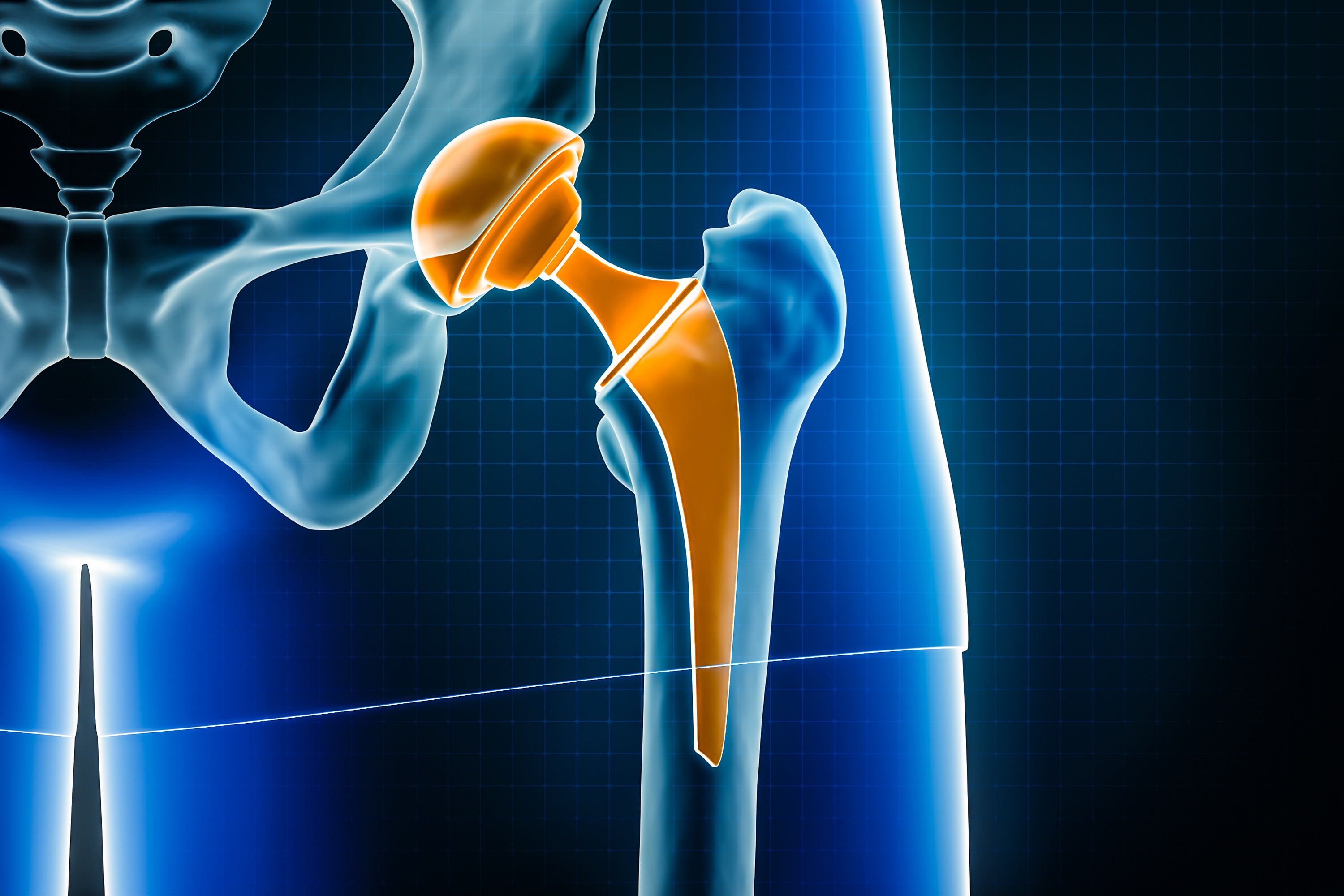UK HealthCast: What to know about joint replacement

On this edition of UK HealthCast, we spoke with Dr. David Landy about joint replacement surgery.
Dr. Landy is an orthopaedic surgeon with UK HealthCare Orthopaedic Surgery and Sports Medicine specializing in hip and knee replacement.
What are the most common types of joint replacement?
Dr. Landy: Every year in America, there's about a million patients who will have a knee replacement, and there are about a half a million hip replacements. There are other joints that can be replaced, such as the shoulder, elbow, ankle, but the most commonly replaced joints tend to be the knee and hip.
Are joint replacement procedures typically prompted by age, wear and tear, or can there be other factors as well?
Dr. Landy: The majority of patients who are going to be having hip or knee replacement are going to be having that for run-of-the-mill degenerative arthritis, also known as osteoarthritis. There can be other indications such as osteonecrosis, where some of the bone in the joint dies.
What are some typical symptoms indicating that joint replacement may be needed?
Dr. Landy: It's very patient-specific decision-making, but has a lot to do with how severe a patient's symptoms are and the extent to which they're limiting someone's quality of life, as well as the patient having failed other less invasive or less aggressive options.
You'd only want to proceed with a hip or knee replacement if other less risky things weren't providing adequate quality of life. Some of those other options include physical therapy, maintaining a healthy weight, an assist device if that's reasonable to the patient, like a cane or a walker. Sometimes injections can be considered as presurgical intervention.
At UK HealthCare, what can patients expect leading up to surgery?
Dr. Landy: Before surgery, you would meet either virtually or in-person with our anesthesia group to go over what it’s going to look like from an anesthesia perspective. There are a couple options, ranging from neuroaxial anesthesia, where patients get a spinal and some light sedation up to general anesthesia, and that's sort of a patient-specific decision with anesthesia; what's going to be best for them.
They'll also get some pre-operative labs to make sure there aren't any surprises and there's not anything we can do to optimize the patient before surgery to make them even lower risk for complication. They'll meet with our nurse and nurse coordinator and scheduler to go over a packet of information about what to expect the day of surgery and the few days after surgery.
Once that's set up and they're optimized and ready, and they've got a plan with anesthesia, they'll show up on the day of surgery. They'll get checked in, get to a pre-operative room. The nurse will help get an IV started and start getting them ready for surgery. They'll see me or one of my partners, whoever's doing their surgery. They'll see the anesthesiologist again. And then, they'll head back to the operating room and have the surgery.
Surgery usually takes about an hour and a half to two hours, and then they will get to the recovery room and they should expect to work with physical therapy later on that morning. Some patients will actually go home the same day. Other patients, especially patients who are older or have a little bit of medical comorbidity issues, we'll usually keep overnight. And then, they'll work with therapy one more time the next day and often go home the day after surgery.
Listen to our entire podcast with Dr. Landy below:




